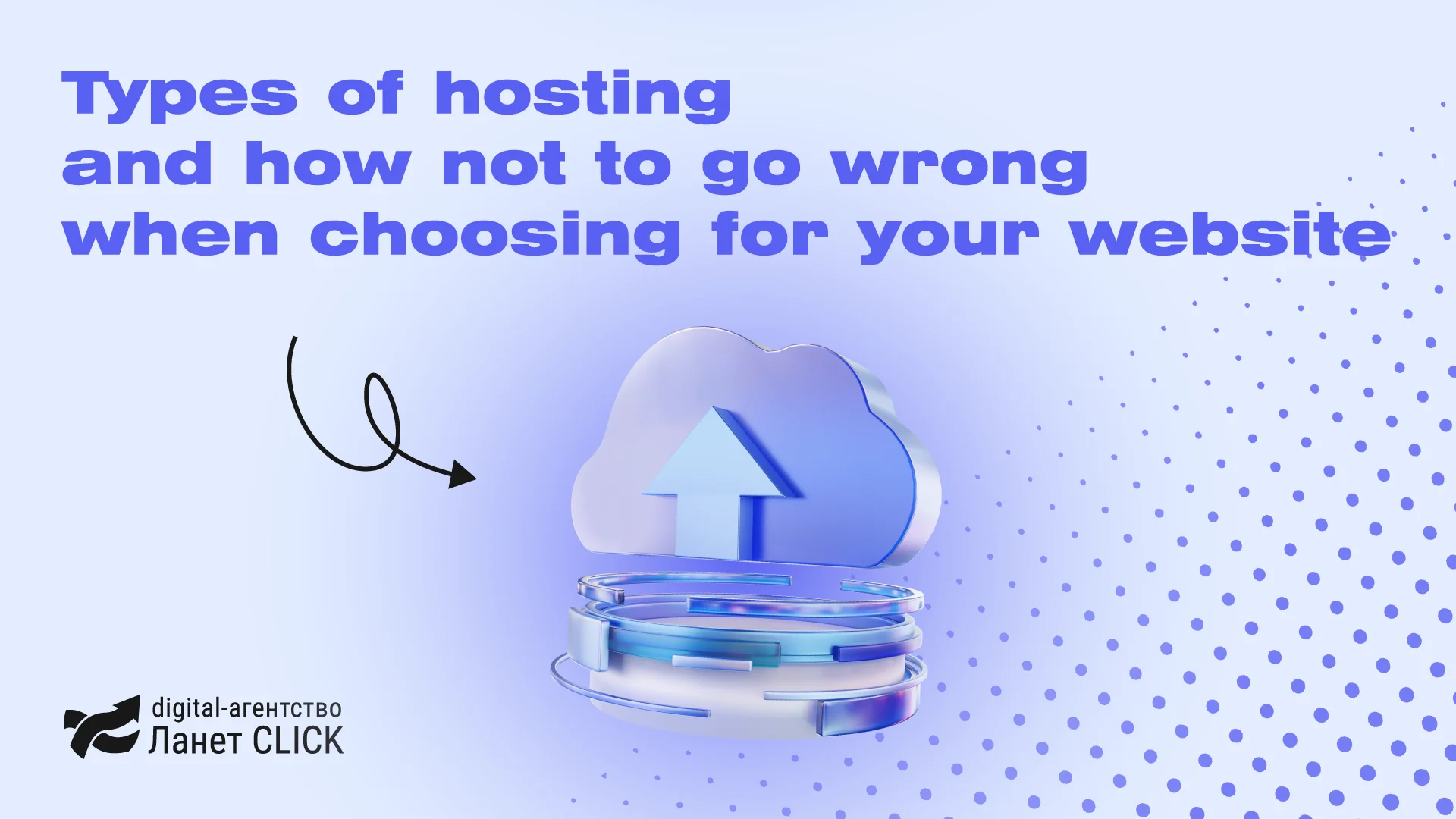
Competitor link analysis: step-by-step instructions
For a site to rank high in search results, it is important to work not only with content and technical […]

SWOT analysis is conducted to comprehensively assess the enterprise’s state and future threats to its development. The acronym SWOT was first introduced in 1963 by Professor Kenneth Andrews at Harvard at a conference on business policy issues. Then other professors suggested using the SWOT model to calculate the company’s behavior. This method began to be widely used in the 1980s and is in demand among managers even today.
SWOT analysis is, first of all, a method of strategic planning that allows you to determine the strengths and weaknesses of your business and calculate risks and future prosperity due to a comprehensive approach.
This analysis involves the division of influencing factors into 4 groups:
It is important to note that the first two factors of SWOT analysis in marketing are internal, and the last two are external. External elements refer to the political situation, society, economy, etc.
A company’s marketing plan often begins with a SWOT analysis. Agree, that while developing a marketing plan, it is important to know the strengths and weaknesses of the product, the attitude of audience to it, how its launch is affected by external factors, for example, legislation.
After completing one or another advertising activity, you can provide a SWOT analysis of an advertising campaign before investing in a startup — project SWOT analysis, and so on.
This analysis is universal. No matter what business you run, what services you provide, or what product you make — it will suit you.
Simplicity. SWOT analysis can be conducted by the owner, manager, or director. There is no need to make complex calculations — it is important to assess all external and internal influence factors adequately.
It guarantees a comprehensive approach. A SWOT analysis takes into account both internal and external factors, it makes it possible to cover the state of affairs as a whole and not from one side.
Let’s look at some basic steps in making a business SWOT analysis:
Read also: Target audience portrait: how to make it
In practice, experts identify 10 directions, based on which it is recommended to make conclusions:
There are many different SWOT analysis methods, and several specialists work on them for a couple of days. After all, it is important to extract precise data from analytics and to receive advice from leading marketers and managers who have worked in this or a similar field and have some experience.
But if you are a budding entrepreneur or a student, we have prepared some simple recommendations for completing each element of the SWOT analysis.
To assess the benefits/strengths of your product, answer a few simple questions:
Evaluation of shortcomings is very important as well. You shouldn’t lie to yourself because creators often treat their product/business like a child and try to defend and protect it in every possible way. Focus groups, an outside view, user reviews on the Internet, etc., will help you here. Answer the following questions:
We remind you that the SWOT analysis consists of four elements, and the first two are internal. But experts recommend starting with external factors to help understand internal threats and advantages.
Remember that you cannot control the external factors of a SWOT analysis — they do not depend on you. For example:
To identify threats in SWOT analysis, answer the following questions:
We recommend conducting data analysis separately: financial, marketing, development, etc. So you will be able to consider some small details previously hidden from you under the weight of more global problems in the general analysis of the enterprise.
Be clear about the differences between the analysis factors, and do not get confused between them.
Look at your product/service from the market. You, the owner, director, or marketer, can hardly be called an objective observer, so we recommend asking buyers for their opinion. For example, you can ask visitors to fill out a questionnaire on the site (for example, for an additional discount).
Consult with colleagues, preferably from different fields. A group of people, as a rule, makes more objective decisions than an individual specialist.
Formulate these precisely. A well-written SWOT analysis does not leave unanswered questions. After completing the table (matrix) of SWOT analysis, you need to develop several anti-crisis strategies that will help you avoid threats due to the advantages and strengths of your product.
A regular SWOT analysis of your business will help you identify weaknesses and strengths, prevent threats and successfully use opportunities. For the analysis to be successful, it is important to stock up in advance with analytical data about Internet advertising, data from the claims department, data from sales managers, etc. Conduct a SWOT analysis 2 times a year, not only for the company as a whole but also for individual departments and even products, taking into account the opinion of as many knowledgeable specialists as possible.
Despite its progressiveness and comprehensive breadth, the SWOT analysis method has several disadvantages:

For a site to rank high in search results, it is important to work not only with content and technical […]

Artificial intelligence has already changed the rules of the game in search engines. Users are increasingly turning to ChatGPT and […]

Successful website operation starts not with design or content, but with choosing a hosting. It is the technical foundation that […]
A good strategy, perfectly selected digital tools, and their effective application will allow the business to increase profits, grow the customer base, and form recognition and loyalty. Do you want something like that? Contact us.
You have taken the first step towards effective online marketing. Our managers will contact you and consult you soon.